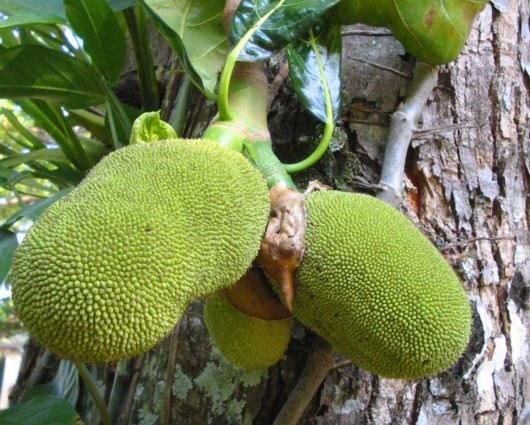Which Fruit Has The Most Copper?
What is Copper?
A chemical element that holds the number 29 spot on the periodic table, copper is a soft, rosy orange metal best known for coating the U.S. penny. Copper and its alloys have been used for centuries because of their malleability and heat and energy conductivity. In addition to being used for pipes, wires and cookware, copper is a necessary trace nutrient in the human diet. Food sources of copper include whole grains, nuts, liver and molasses.
Copper in Our Body
The U.S. Recommended Daily Allowance (RDA) is between 1 and 3 mg per day depending on the weight of a normal, healthy adult. Though we only need a tiny does of copper, this nutrient is essential for healthy blood, bones and brains. Because copper is needed in the production of hemoglobin, a deficiency can cause symptoms similar to anemia, such as fatigue. Copper deficiency is often coupled with low iron levels, which can lead to osteoporosis, slowed growth, loss of hair pigmentation and problems metabolizing cholesterol.
Copper can also leech into water that runs through copper pipes or foods prepared or stored in copper cookware, increasing the possible ways people might ingest the metal. An extreme overdose of copper will cause diarrhea, vomiting and liver damage. Those with toxic levels will also see a discoloration of skin and hair. A small excess of the element can cause a person to feel tired, irritable and depressed. It may also manifest itself in learning disabilities or problems with concentration. Likewise, children who get too much copper in their diet might exhibit hyperactivity. Another cause for excessive copper in the system is Wilson’s disease, a genetic disorder that causes too much copper to be stored in human tissues.
Top Fruits For Copper Content
The amounts of Copper are given for 100g of each fruit.
1 Jackfruit 0,20 mg
2 Guava 0,20 mg
3 Blackberry 0,20 mg
4 Durian 0,20 mg
5 Pomegranate 0,20 mg
6 Kiwi 0,10 mg
7 Blueberry 0,10 mg
8 Plum 0,10 mg
9 Pumpkin 0,10 mg
10 Lychee 0,10 mg
11 Cherry (sweet) 0,10 mg
12 Peach 0,10 mg
13 Pineapple 0,10 mg
14 Redcurrant 0,10 mg
15 Mulberry 0,10 mg
16 Elderberry 0,10 mg
17 Pear 0,10 mg
18 Passion Fruit 0,10 mg
19 Lime 0,10 mg
20 Gooseberry 0,10 mg
21 Mango 0,10 mg
22 Raspberry 0,10 mg
23 Blackcurrant 0,10 mg
24 Mangosteen 0,10 mg
25 Carrot 0,10 mg
26 Cranberry 0,10 mg
27 Tomato 0,10 mg
28 Apricot 0,10 mg
29 Fig 0,10 mg
30 Banana 0,08 mg
31 Tangerine 0,04 mg
32 Cucumber 0,04 mg
33 Lemon 0,04 mg
34 Watermelon 0,00 mg
35 Papaya 0,00 mg
36 Strawberry 0,00 mg
37 Orange 0,00 mg
38 Apple 0,00 mg
39 Grape 0,00 mg
40 Melon (Cantaloupe) 0,00 mg
41 Grapefruit 0,00 mg

